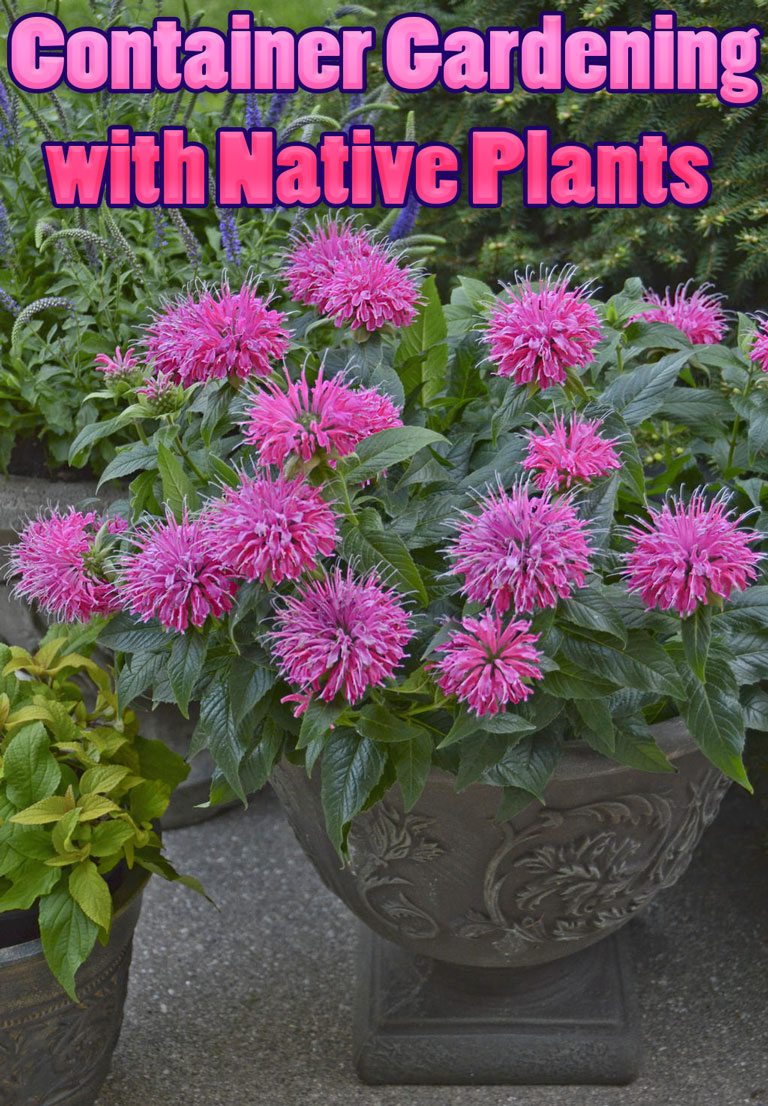
Apartment dwellers and those who find their teeth grinding while trying to get a shovel through a few millimeters of so called soil may find potted plants to be their only choice if they want to garden at all. Container gardens in groupings or as individual specimens can dress up balconies and are nice accents in existing gardens. They are also mobile: you can change your mind about a plant’s position as often as you’d like without disturbing its delicate root system, and as arrangements transition into their off-season, they may be replaced with fresh material. Transportability allows gardeners to protect plants from weather extremes including hot sun and freezing temperatures.
For a given group of plants, pots also help maintain specific growing requirements such as soil type, pH, and moisture levels. You may want to experiment with water plants and a sealed pot. Perhaps your landscape is designed to thrive without supplemental water but you are willing to pamper a few pots of fern, horsetail, or columbine. Your region may have unique soils offering some unique species that may be easier to cultivate in a container with these types of soils. This provides opportunities to grow plants that may be native to your general area and climate, but that may prefer different soils than what you have in your yard.
In gardens with lush, billowing vegetation, small, delicate plants such as scarlet pea, lace cactus, Dutchman’s breeches and blue-eyed grass may be overwhelmed. A dish (shallow pot) garden is often just the right solution. These same garden miniatures may also be better viewed in vessels mounted at eye level.
CONTAINER AND PLANT SELECTION
In order to develop a list of potential plants for your container garden, you should consider a few issues:
- Where will the pot be placed? Do prevailing conditions occur in that spot?
- What groups of plants, or plant communities, are best suited to those areas?
- Is there shade for part or all of the day? Deep or bright, dappled shade?
- Will the container be subjected to drying winds?
- Will it remain in the same place year round? If so, how will the seasons affect it?
- Will it get more or less sun in the winter versus summer?
- Is it exposed or protected from freezing?
- Will people walking by damage brittle stems or be injured by sharp spines?
- How much soil will there be (i.e. How big is the pot)?
- Realistically, how often will the plants get watered?
Keep in mind that containers made of clay or other porous materials will dry out more quickly than plastic or watertight ones. The size of a container and degree of root binding will also affect how quickly the plant will dry out. Most plants will rot without good drainage. Unless you are creating a water or bog garden, you will want a pot with drainage holes on the bottom.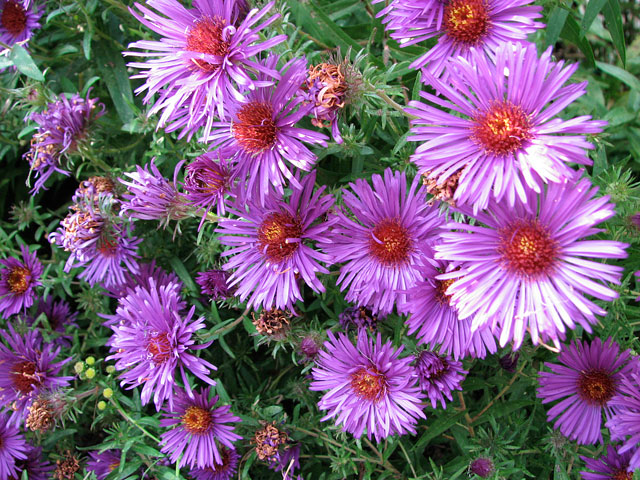
Other considerations involve size. Select a container that will accommodate the full sizes of the plants it will house. It should provide ample root space and have a substantial base to offset top-heaviness (both visually and in terms of stability).
Style will no doubt influence your selection of a container. A fancy pot may nicely complement a specimen plant but too much detail may prove distracting for a complex arrangement. Something simple will direct attention to the plants.
It is important to select plants compatible with each other for a given container garden. You may venture out to areas that have similar habitats and observe what plants are growing together in the wild. From this list, select a few that will make an aesthetic arrangement.
If the pot is to stay put for a while, a grouping of plants looks best when a variety of bloom periods, textures and forms are selected. If your list does not include a host of colorful bloomers, well-chosen foliage plants can hold their own. A combination of trailing, rounded, “fountain” or “vase” shaped forms often make the most interesting groupings. Plants with similar foliage textures may often, but not always, end up looking messy. Trust your aesthetic judgment here. Consider your need for evergreen foliage and explore the possibilities of allowing brown, dormant plants such as grasses or seed heads to remain.
SOIL MIXES
When working with native Texas plants, finding appropriate potting soils is complicated. Although many of our species are forgiving of standard “garden soils,” Texas has a variety of soils that have given rise to a few fussier types. Using only soil native to the plant’s original habitat, however, may not always yield successful results for container gardens. Clay soils shrink from the edges of pots, directing water over the edge of the hard, dried up root ball rather than saturating it. Adding a bit of compost or cedar flakes can help lighten clay. Sandy soils in pots may not hold enough moisture and plants may benefit from the addition of clay and compost. A little compost will also provide nutrients to enhance plant health.
Think about where a given plant grows naturally. Most plants that require shade grow under trees. The trees shed leaves, making the soils richer. The plants that grow under their canopy, such as cardinal flower and columbine, want rich soils. You may find plants that naturally colonize dry, rocky, poor (little organic matter) soils, such as gayfeather or Blackfoot daisy, suffer in gardens that are well composted, watered often or heavily mulched. If you do not have access to native soils, try to replicate them. For limestone-loving vegetation, start with crushed limestone or road base. Plants from the granite region are easy to please with a potting mix based on granite sand.
ASSEMBLY
Assembling a container garden is a simple procedure. Many gardeners like to start with a layer of pottery chips or gravel to reduce the amount of soil washed out during watering.
A loose layer of pottery shards can prevent the hole from becoming plugged with soil. Next, add the potting mix, pressing the soil down to eliminate air pockets. Arrange the plants as you get close to the top, being sure to allow adequate space for growth. Crowded plants may look voluptuous in the short term but eventually a “bully” will take over or competition for root space will weaken the whole lot. Annuals can be useful for temporarily filling space while you wait for slower growing perennials to fill in.
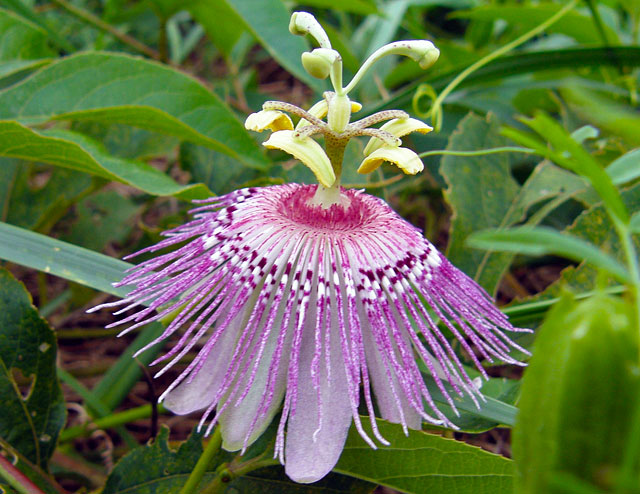
All plants should end up with their base (where the roots meet the stem) about one inch from the plane of the rim of the container. This creates a reservoir during watering to allow the water to soak into the soil and not flow over the edge. Be sure the bases of the plants are never buried or left with roots exposed.
Adding mulch is optional but its benefits to a garden to containers as well. Mulch can conserve soil, reduce soil temperature fluctuations, limit weeds, help retain moisture and provide a more finished look. Gravel or course sand as mulch allows for fast drainage at the soil surface and reduces fungal growth at the base of some moisture sensitive natives. Certain mulches, such as pine needles, crushed limestone or glass pebbles may enhance your container’s look.
Saucers may be used if water draining away from the pot is a concern. Clay saucers can mildew, seep dissolved minerals or stain floors. A plastic saucer is a good alternative. Heavy containers that rest directly on the ground without saucers are susceptible to being plugged with dirt that is pushed up into the drainage holes. Flat rocks or “pot feet” which are typically decorative clay wedges that hold a pot up off the ground, serve some of the functions of saucers. Saucers filled with water will help keep plants moist for longer periods of time.
Consider personalizing your creation with decorative wood, rocks, and mementos, or toys such as plastic lizards, pieces of pottery, mirrors, marbles, and toothbrushes.
MAINTENANCE
One of the more mundane duties to maintain your container will be watering. Frequency depends on your plant selection and conditions. Feeling the soil and checking the appearance of your plants is the best way to determine a watering schedule. Give the plants a good soaking by allowing the first dose of water to soak in and then watering again. A note of caution is needed here: in the harshness of a summer day, plants may wilt from heat rather than lack of water. Be careful not to over-water.
Native plants will need little or no fertilizing. In fact, a few species, such as bluebonnets, may be adversely affected by extra nutrients, producing floppy plants with a lot of foliage but not many flowers. Plants that originated in richer, native soils may respond well to some extra nutrients from time to time. If you feel it necessary, try something mild like seaweed, fish emulsion, or other organic tonics. Remember the environments that yielded them.
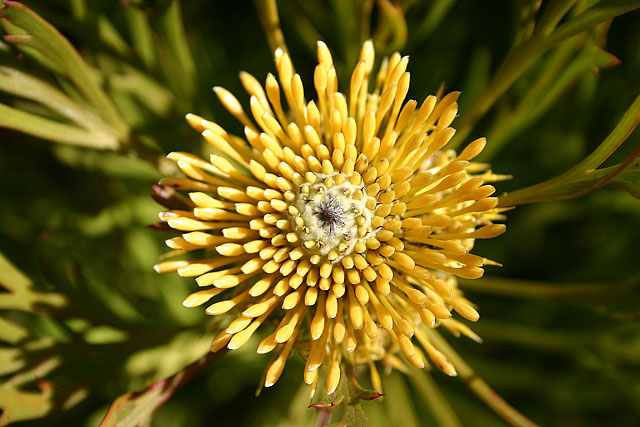
Prune faster growing plants so that they don’t overcome slower growing ones. Pruning plants away from each other helps maintain definition. Plants meshed together can read as messy; however, a tasteful composition may sometimes be the outcome. If trimmed occasionally, some plants will stay more compact and full.
In freezing weather, plants in containers are more vulnerable than plants in the ground. They can be shielded on the south side of a wall with leaves, blankets, or given extra warmth with strings of holiday lights. Particularly tender plants should be brought inside. Remember to uncover your plants after a few days when the weather warms up and avoid over-watering dormant plants to prevent rotting.
Even in the winter there are plants that can supply color and texture. Learning the nuances of cultivating these remarkable and diverse members of your local flora is both a challenge and a delight.

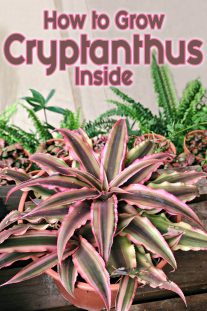
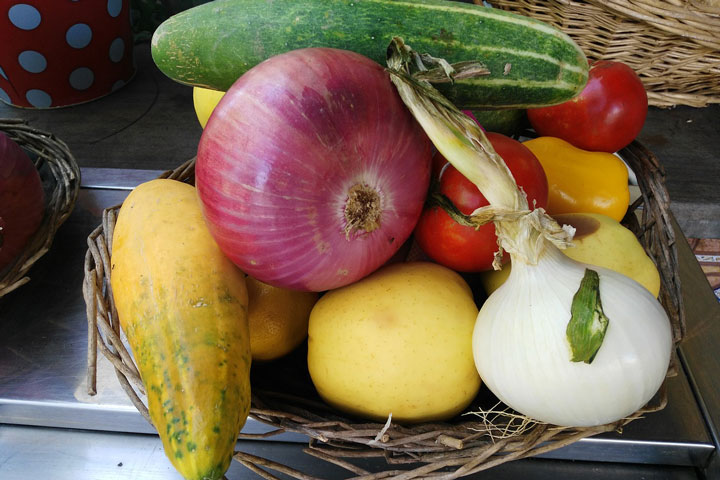
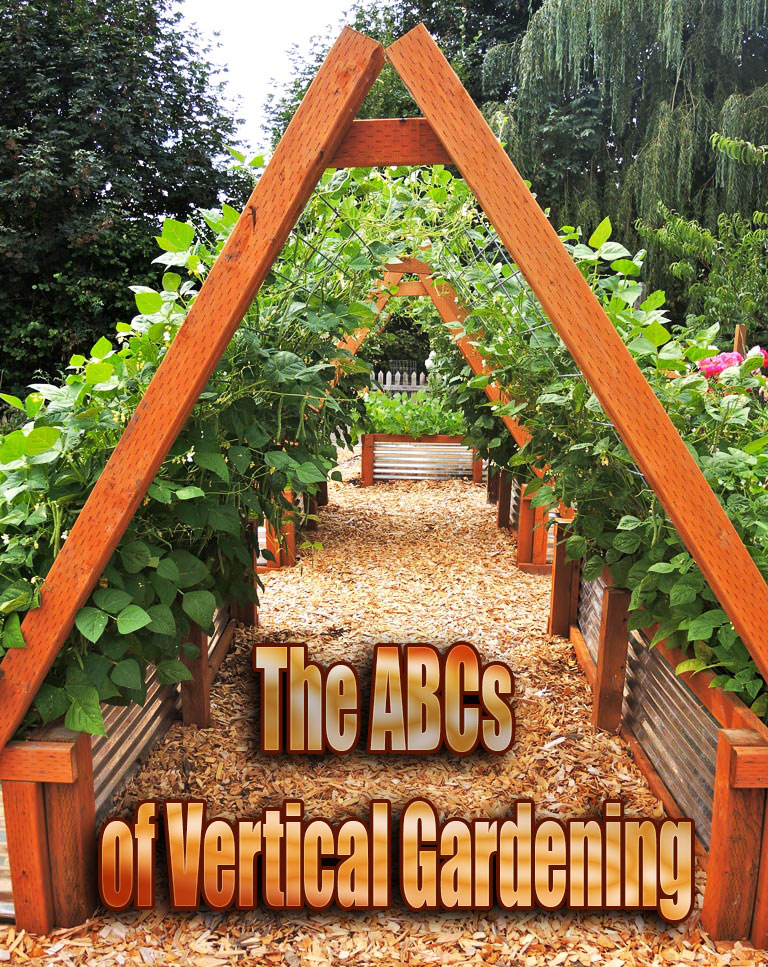
Leave a Reply